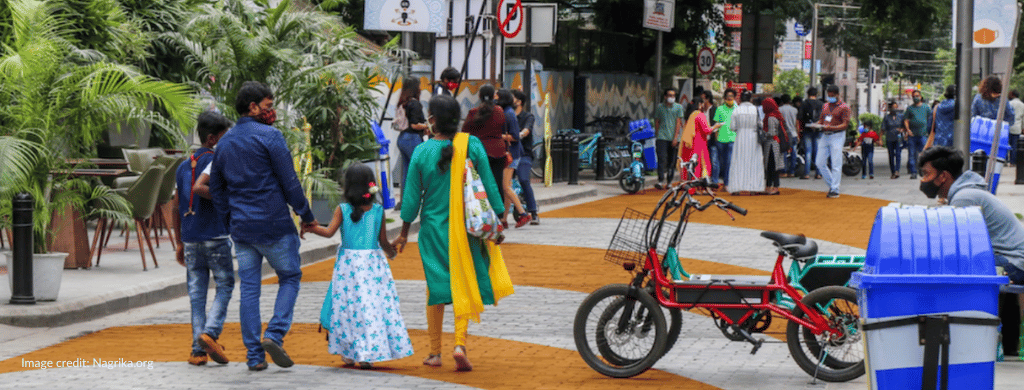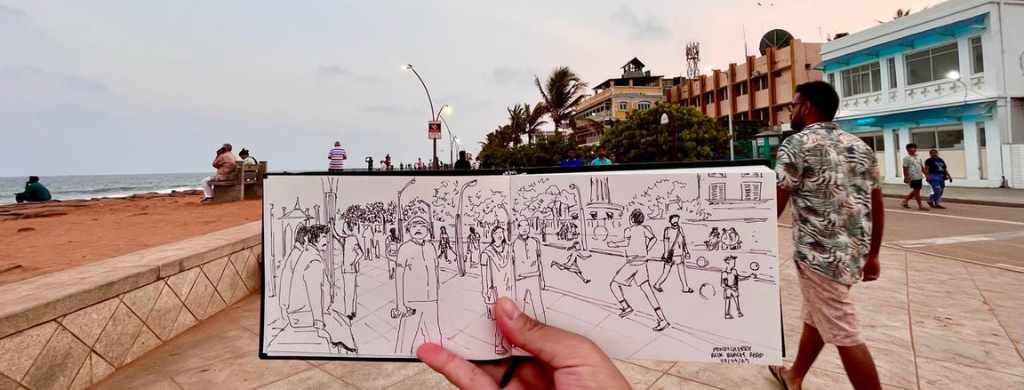Measuring impact is key in building great city footpaths and healthy streets. This article shares four critical questions to ask while measuring the impact of footpath programmes we execute.
When a state approached me recently for a multi-city footpaths programme, I asked them what their previous experience has been in this regard. They proudly announced that they’ve created many footpaths in the past. When I inquired about their impact, they had blank faces. It never occurred to them—and no one told them—that impact has to be measured.
Four Important Questions to Ask to Make Footpaths Great
- Are there more people walking on those streets than before? (Requires counting how many people were walking previously.)
- How many people are walking on the newly created footpaths? How many continue to walk on the carriageway? (A simple count should suffice.)
- Are people walking on the carriageway because the footpath doesn’t have enough space? Or are there other reasons? (Requires interviewing people)
- How can the design of the street and/or the space management be improved to encourage more people to walk? (Brainstorming based on inputs from citizens)
This is the most basic list of questions. Yet, instead of asking these questions and more, the performance is measured on the money spent by the cities. As a result, cities get in the habit of creating expensive projects instead of efficient and impactful infrastructure. Like John Doerr says, #MeasureWhatMatters.
Along with measuring impact, creating great footpaths includes many more components. To know more, check our article “Creating Healthy Streets: A Policy Template.”
This post was first published on Linkedin. To access it, click here.
- Click to share on LinkedIn (Opens in new window) LinkedIn
- Click to share on Pocket (Opens in new window) Pocket
- Click to share on Pinterest (Opens in new window) Pinterest
- Click to share on WhatsApp (Opens in new window) WhatsApp
- Click to share on Telegram (Opens in new window) Telegram
- Click to share on Reddit (Opens in new window) Reddit



